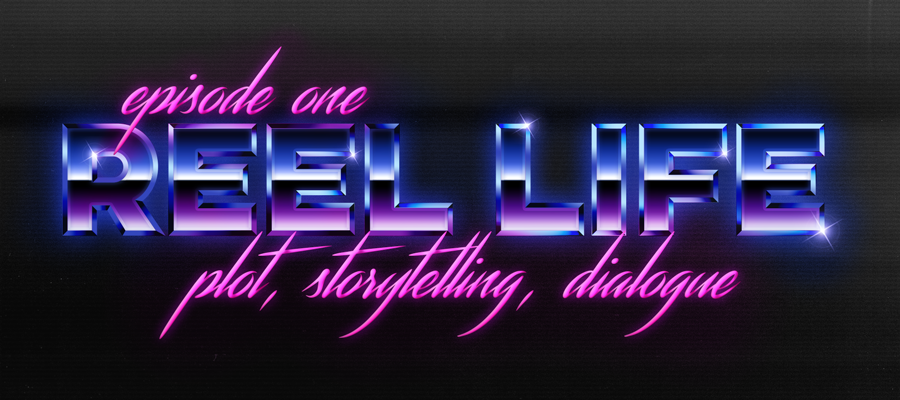You are here
Reel Life - Episode 1: Plot, Storytelling, Dialogue (Part 3)
Valerian and the City of a Thousand Planets: An E-Learning Discourse

Part 3:
Now that we’ve looked at writing clear learning objectives and the value of showing over telling your story, last, we’ll look at dialogue and questions.
The dialogue in Valerian is, at times, snappy and witty, but it is often weighted down by poor delivery and unemotive actors. The dialogue hinders the plot and the audience’s understanding of the characters and the world.
Questions in an e-learning course are similar. Questions reinforce the information just presented and test the learner’s understanding or application of the course content. The best questions are those that continue to ‘show, don’t tell’ as they test the learner’s ability to apply, rather than merely recall information. However, they too can be bogged down by poor execution and inconsequential feedback. Providing thoughtful questions and contextual feedback that delivers consequences instead of ‘correct/incorrect’ are powerful ways to let the learner really participate in their learning.
In the end, no matter how eye-catching the movie or the course, it’s the engaging and thoughtful content that most impresses and sticks with the audience. Like a good plot, active and clearly-defined learning objectives set the pace for the course. Stories and content that is shown, not told, is more effective at engaging the audience, and questions, like dialogue, promote learner interaction and comprehension.
So, while it might be too late for Valerian and the City of a Thousand Planets to make a splash, it’s not too late for your course!
Consider this: Are your questions supporting your learning objectives, or are they hindering the learner’s comprehension?
Resources:
https://elearningindustry.com/write-effective-elearning-course-scenario-questions
http://elearninginfographics.com/how-to-write-engaging-questions-for-onl...
Written By:
Katie Wincek
